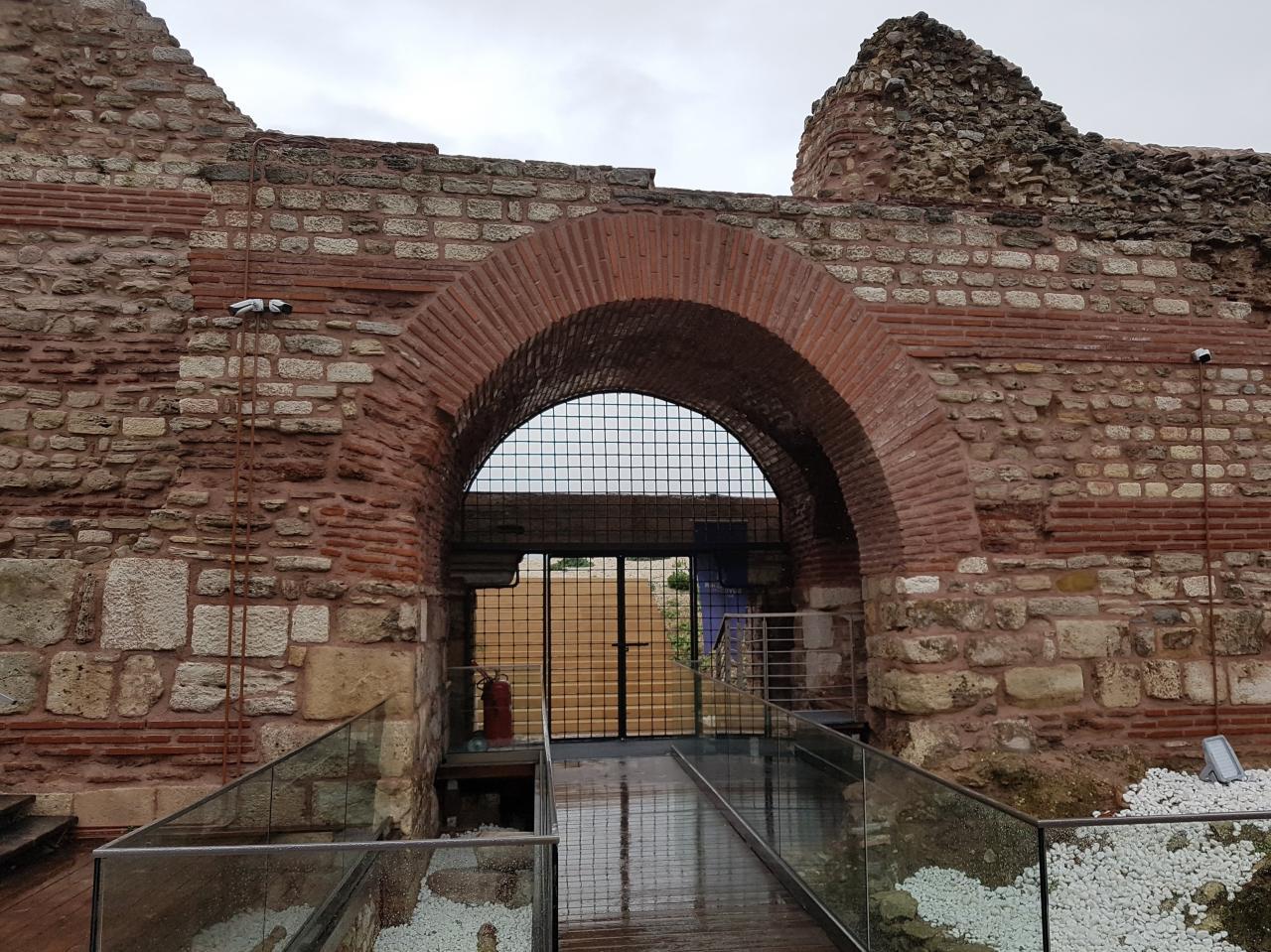
Professor Fahameddin Basar, a historian from Fatih Sultan Mehmet Vakif University, has strongly rejected the long-standing claim that the Ottomans entered Istanbul in 1453 through the Kerkoporta (Cambazhane) Gate, which was supposedly left open by mistake.
"This is completely false. All eyewitnesses and almost all Byzantine sources—except for Dukas—along with Latin accounts, recorded the events of the 54-day siege in diary form," said Basar.
Istanbul, one of the world's most coveted cities throughout history, was besieged by the Ottoman army under Sultan Mehmed II on April 6, 1453. After 54 intense days, the city fell on May 29, 1453.
Commenting on the famous maneuver where Ottoman ships were transported over land to reach the Golden Horn, Professor Basar noted that the operation was not a spontaneous surprise. "Preparations for this plan began a year in advance," he stated.
On April 20, after the Ottoman fleet suffered a defeat at the hands of three Genoese ships aiding the Byzantines near Zeytinburnu, morale in the Ottoman camp dropped. To counter this setback, Sultan Mehmed II launched the unprecedented move of dragging ships overland from the area between Kabatas and Dolmabahce, behind Galata, and into the Golden Horn.
While historical sources vary on the exact route, eyewitness reports suggest this operation was critical because the Golden Horn’s sea walls were far weaker than the city's triple-layered land defenses. "No army before had ever breached those land walls," said Basar, "but the Golden Horn offered a different vulnerability."
Professor Basar also dismissed claims that the city was handed over peacefully. He explained that Sultan Mehmed II, following Islamic tradition, offered the Byzantine Emperor Constantine XI the chance to surrender three times to avoid bloodshed and destruction. Each time, the emperor refused.
Thus, after fierce resistance, the Ottoman army finally stormed the city on May 29, 1453, entering through the area now known as Topkapi after heavy artillery bombardments between modern-day Edirnekapi and Topkapi.
The tale of the Ottomans entering through the accidentally unlocked Kerkoporta Gate was first proposed by Byzantine chronicler Dukas, who was not present during the siege and wrote his account years later.
"Dukas claimed that 50 Ottoman soldiers slipped through an open gate near today’s Ayvansaray and Tekfur Sarayi. But this was a biased attempt to downplay Ottoman military success," said Basar. "None of the other sources, including Latin eyewitnesses and Byzantine writers aside from Dukas, support this."
As for the iconic story of Ulubatli Hasan—the janissary said to have planted the first Ottoman flag on the walls—Basar explained that his name does not appear in Ottoman chronicles from Sultan Mehmed’s reign. It only surfaces in later accounts, particularly one from a 16th-century version of a text by a Byzantine historian named Franches.
Basar echoed renowned Ottoman historian Halil Inalcik in describing pre-conquest Istanbul as a "dead city." Following the 1204 Latin occupation, the city’s population had declined sharply, and many buildings were in ruins.
"The conquest was a salvation for Istanbul," said Basar. "Sultan Mehmed II immediately implemented reconstruction efforts and settlement policies to revitalize the city as a Turkish-Islamic capital."